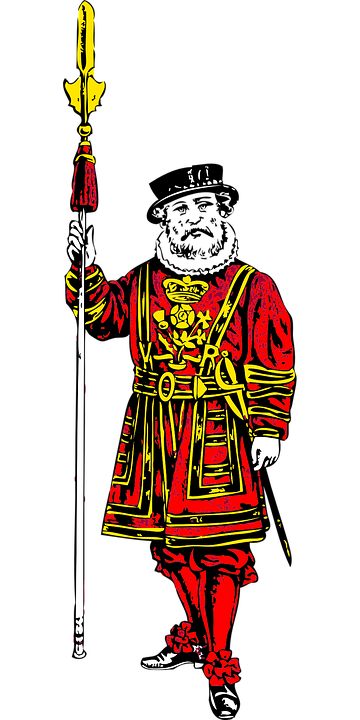Gain and Photon Transfer Curves¶
The shot noise standard deviation, in photon units, follows from the randomness of individual photon arrival times as described by Poisson statistics:
For most practical applications, the temperatures and wavelengths are small enough to use an approximation:
The value is converted from photon to electron units by applying the quantum yield, i.e. the number of liberated electrons per interacting photon:
The recorded signal in digital number (DN) units is
where G is the gain (e/DN). By substitution, σshot,e can be expressed in terms of the recorded signal:
Finally, the shot noise standard deviation is expressed in terms of DN:
Solving for G,
The gain can be visualized by plotting the means of the recorded signal against the variances. This is known as a photon transfer curve. Each point in the plot should have a different number of detected photons. This is generally done by using a constant source and varying the exposure times. At each exposure time, a number of trials is measured in order to calculate the means and variances.
